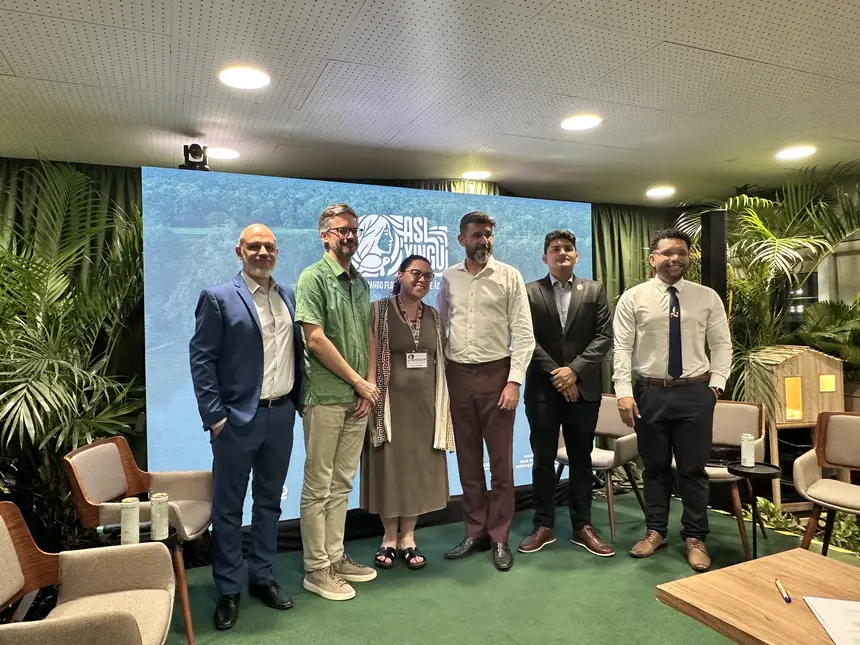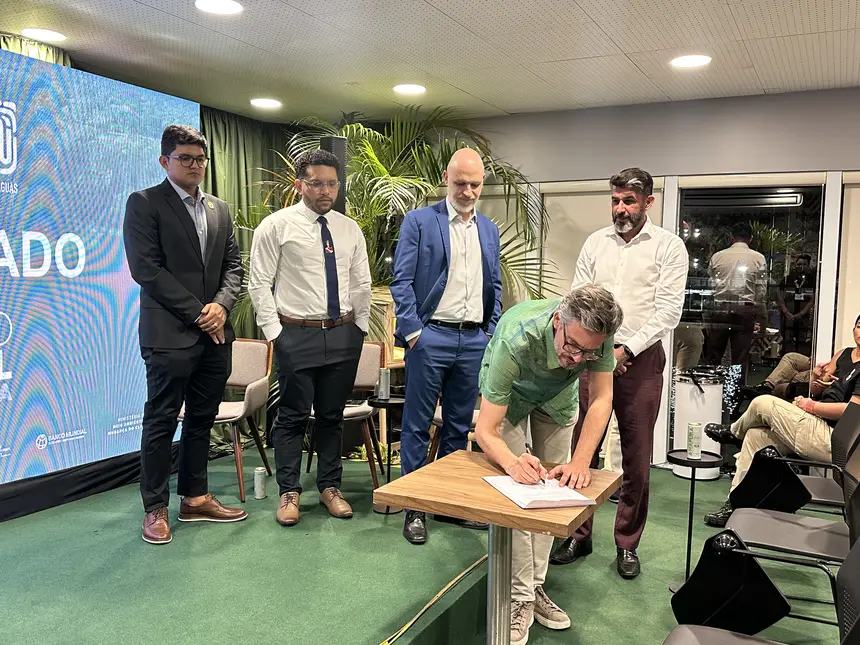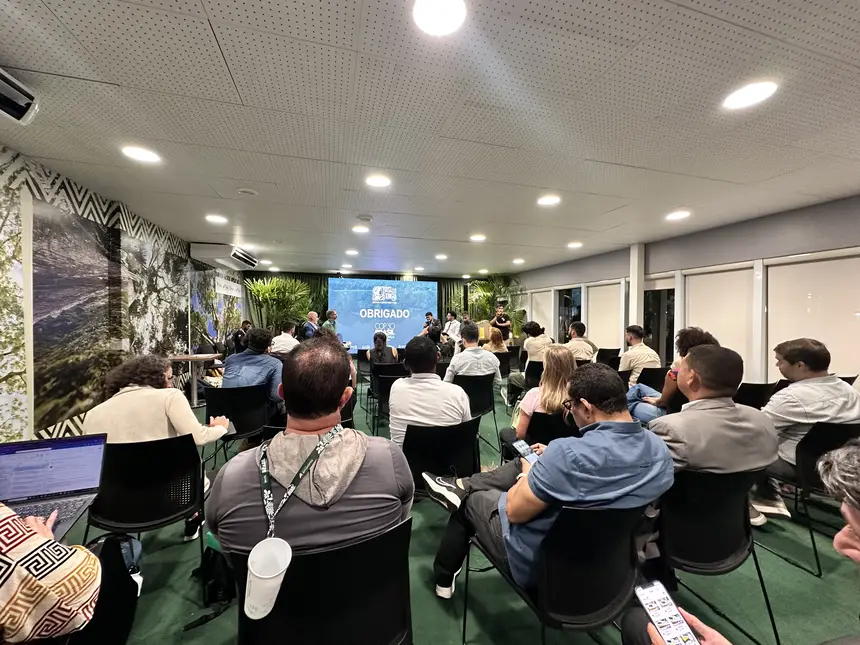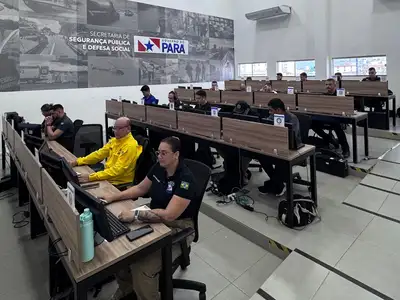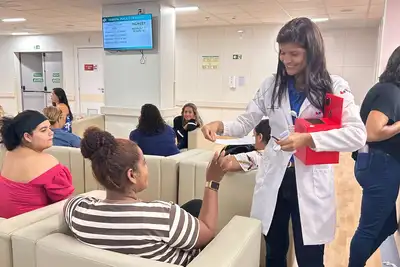Ideflor-Bio strengthens Pará's role at COP30 during the launch of the ASL Xingu Project
The initiative has already secured funding for the implementation of strategic actions in Ideflor-Bio's conservation units, such as in the APA Triunfo do Xingu and the Flota do Iriri
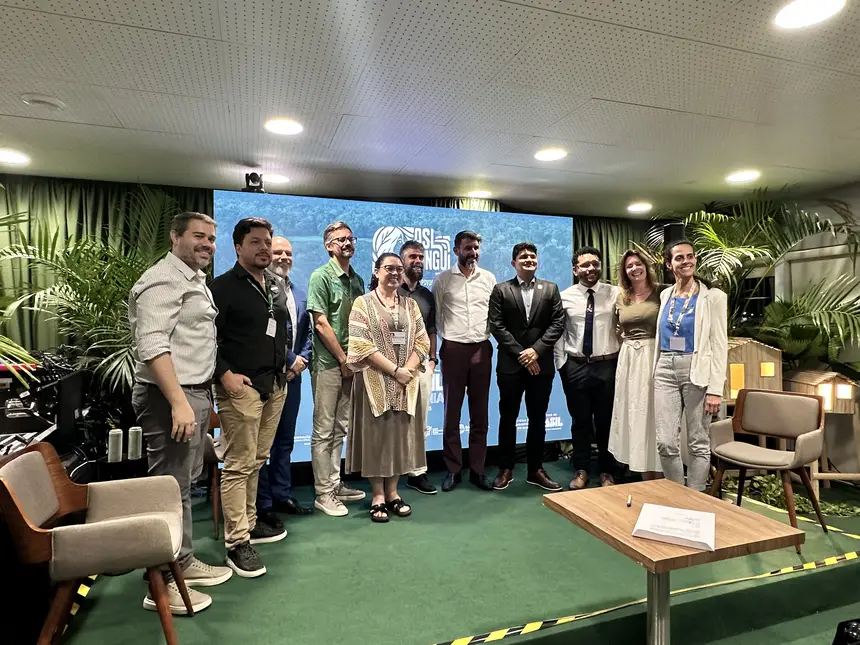
The Institute of Forest Development and Biodiversity of Pará (Ideflor-Bio) participated, this Friday (14), in the launch of the ASL Xingu Project – Integrating forests, peoples, and waters, held by the Ministry of the Environment and Climate Change (MMA) during COP30. Representing the president of the Institute, Nilson Pinto, the director of Management and Monitoring of Conservation Units, Ellivelton Carvalho, took part in the event that presented the new phase of the Sustainable Landscapes Program of the Amazon (ASL Brazil), highlighting Pará's strategic role in the conservation of large continuous forest areas.
Coordinated by the MMA through the National Secretariat of Biodiversity, Forests, and Animal Rights (SBIO), ASL Xingu is executed by the Getulio Vargas Foundation (FGV Europe) and has direct partnership with Ideflor-Bio, the State Secretariat for the Environment and Sustainability (Semas), the Chico Mendes Institute for Biodiversity Conservation (ICMBio), the Brazilian Forest Service (SFB), and ten municipalities in Pará.
The initiative is part of the Regional ASL Program, implemented by the World Bank and funded by the Global Environment Facility (GEF), which connects Amazonian countries to promote the integrated management of their landscapes, strengthen environmental policies, and support local populations in territories of high socio-environmental relevance.
During the launch, Ellivelton Carvalho highlighted the extent of the responsibilities assumed by Ideflor-Bio and the advancements achieved in the previous phases of the program. “The Institute is responsible for 29 conservation units, totaling more than 21 million hectares — equivalent to 17% of Pará's territory. In the ASL1 and ASL2 phases, we managed to structure fundamental actions for our protected areas,” he stated. He emphasized that conducting processes of this magnitude involves complex challenges, especially considering the extent of the territories under state management.
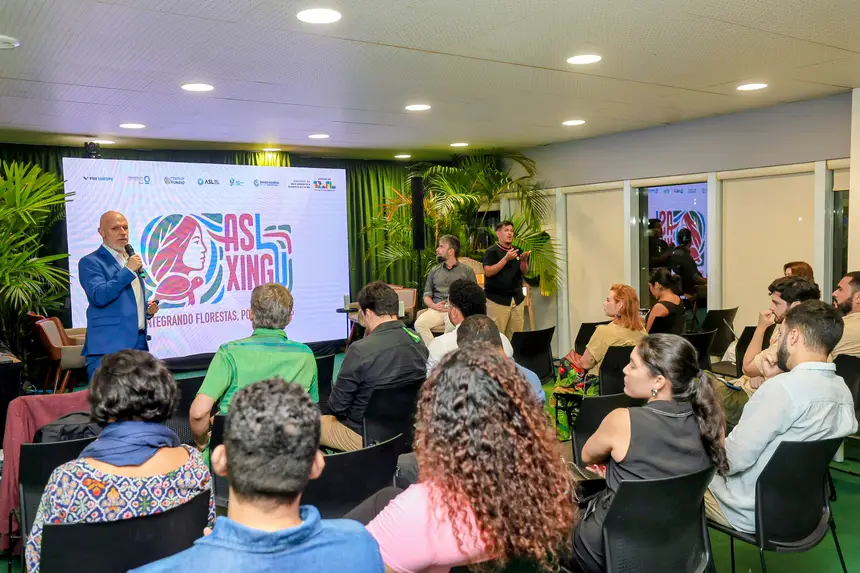
Advancements - Among the main results achieved with the support of the Program, the director mentioned the preparation and implementation of the management plans for the Environmental Protection Area (APA) Triunfo do Xingu and the State Forest (Flota) do Iriri, launched last year. “It was through ASL that we secured the necessary resources to structure these essential documents. We also carried out the forest concession of 200 thousand hectares in the Flota do Iriri, a milestone for sustainable management in the region,” he explained. He reinforced that advancing the territorial planning agenda is crucial to ensure standing forests, income generation, and sustainable use activities.

Ellivelton also highlighted the monitoring work of turtles in the Tabuleiro do Embaubal Wildlife Refuge, in Senador José Porfírio, in southwestern Pará, considered one of the largest nesting areas in Brazil and a unit under the responsibility of Ideflor-Bio. “The Tabuleiro do Embaubal is the second largest tabuleiro in the country. We are now starting, at the beginning of December, the process of releasing the monitored hatchlings. We have already reached averages of 600 thousand hatchlings in the region, a result of enormous relevance for the conservation of Amazonian species,” he stated. According to him, ASL Xingu will allow the expansion of these actions, strengthening fronts for the protection of aquatic and terrestrial biodiversity.
Finally, the director emphasized the importance of the upcoming phases of the program and reaffirmed Ideflor-Bio's institutional commitment. “We are in the phase of complementing projects and prospecting new products for the future phases of ASL. We thank for all the implementation carried out so far and reaffirm that Ideflor-Bio remains open to continue cooperating, strengthening partnerships, and expanding initiatives that benefit our conservation units and the populations that depend on them,” he concluded.


